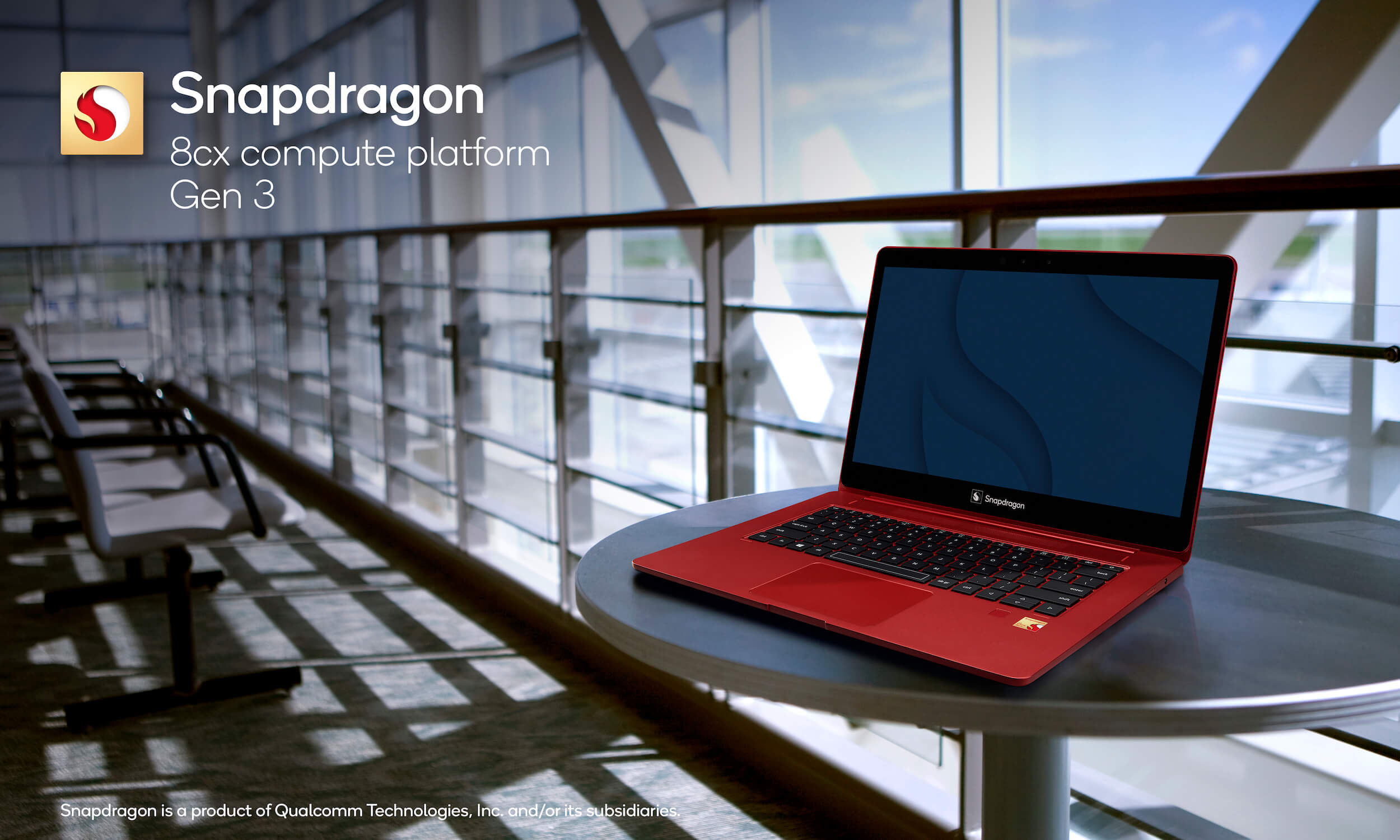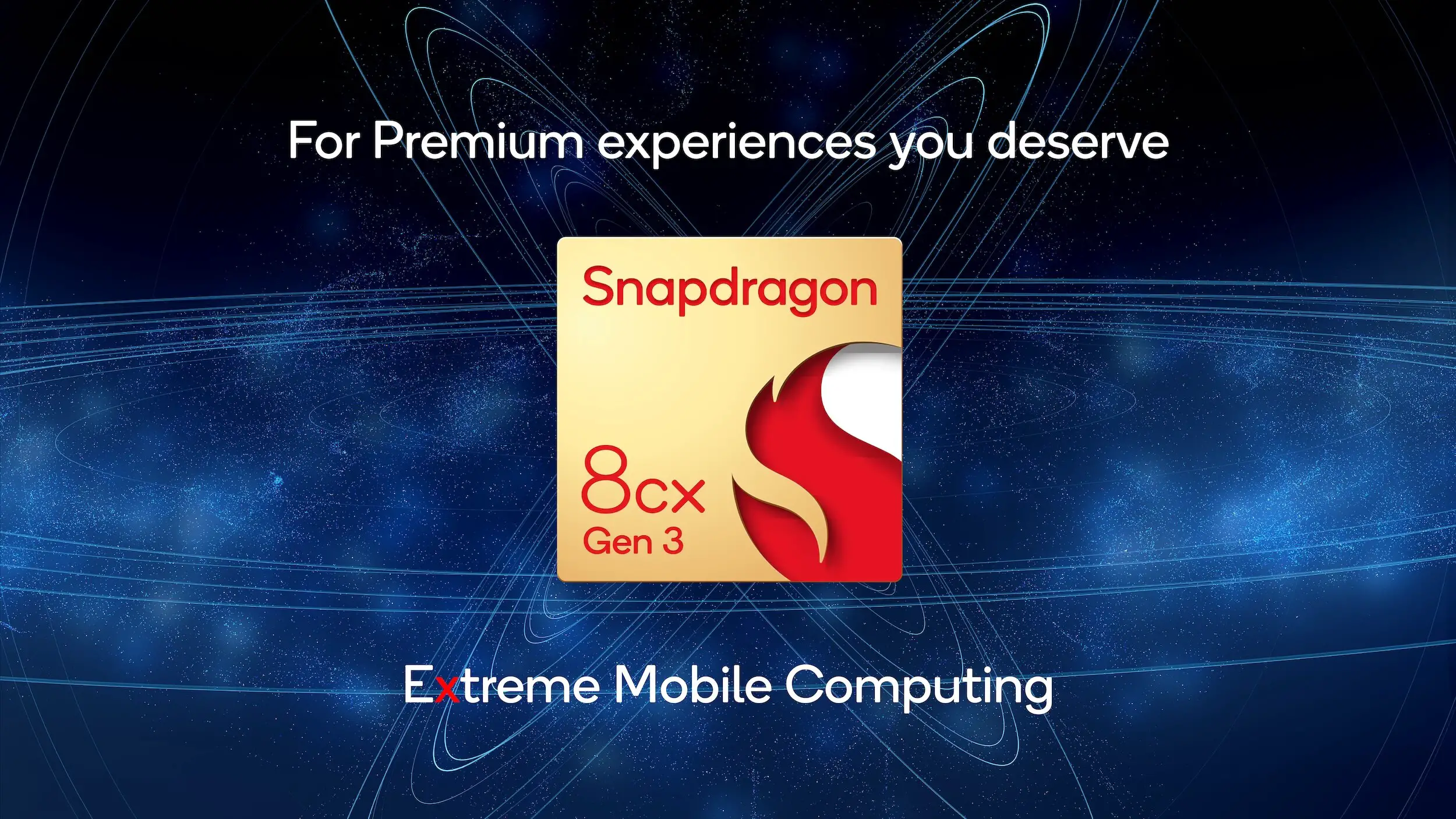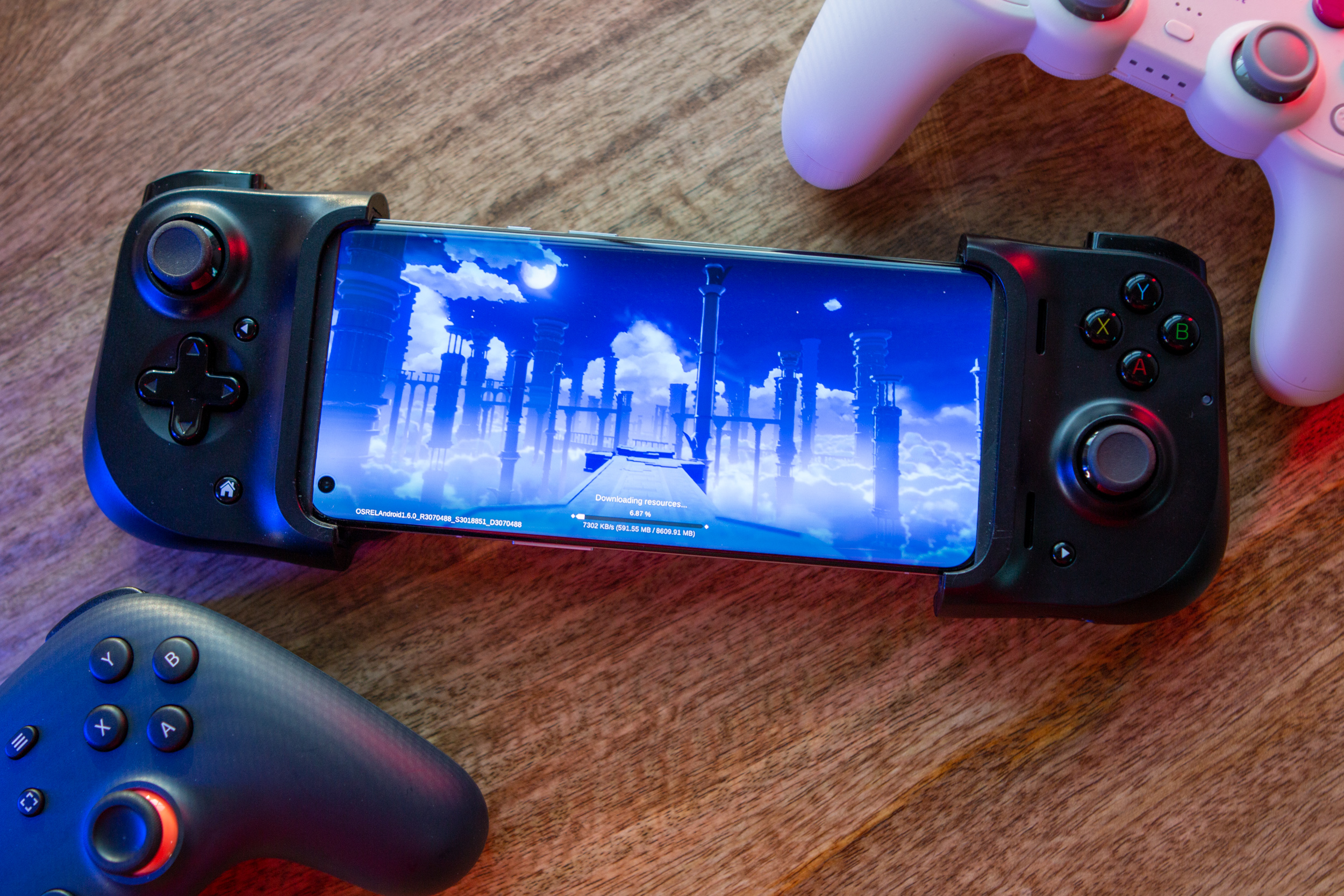After announcing its new flagship chipset for smartphones, Qualcomm is back at its annual Snapdragon Tech Summit with another major announcement. This time around, instead of focusing on smartphones, Qualcomm has introduced the new Snapdragon 8cx Gen 3 chipset.
This processor is the world’s first 5nm chip designed specifically for Windows laptops and Chromebooks. With the Snapdragon 8cx Gen 3, the platform is said to “strengthen entry-tier Windows PC and Chromebook ecosystems”, while providing both platforms with 5G connectivity.
By building the chipset on the 5nm architecture, Qualcomm claims it will offer “best-in-class performance and efficiency.” Compared to the previous generation, the 8cx Gen 3 could provide up to an 85% increase in performance, while also being up to 60% more efficient on a per watt basis. This chipset also brings compatibility with 120fps gaming at full HD resolutions, along with being able to last for up to 50% longer.
Since this will mostly be found in portable computers, having great connectivity options is key. The Snapdragon 8cx Gen 3 delivers on this front too, offering support for the Snapdragon X55, X62, and X65 5G modems, along with FastConnect 6900 for Wi-Fi 6 and Wi-Fi 6E.
Also being introduced in this announcement is the new Snapdragon 7c Gen 3 chipset. This is also designed with entry-level Windows PCs and Chromebooks in mind, but is built on the 6nm architecture. While the 7c Gen 3 is said to offer 60% better CPU performant and 70% faster GPU performance, it’s clear that these will power more of the “cheaper” options on the market.
Connectivity won’t be a problem here either thanks to the integrated Snapdragon X53 5G modem. While it’s not as robust as the 8cx Gen 3, Qualcomm also confirmed that devices will support both sub-6Ghz and mmWave 5G networks.
Unlike the Snapdragon 8 Gen 1 SoC that was announced already, there is no indication as to what companies will be partnering with Qualcomm on these new platforms. Luckily, Qualcomm has already confirmed that the first devices with these two chipsets will begin shipping in the first half of next year. It wouldn’t come as much of a surprise if we saw companies like Microsoft and Lenovo launch entry-level devices within the next few months, using one or both of these platforms.













Comments